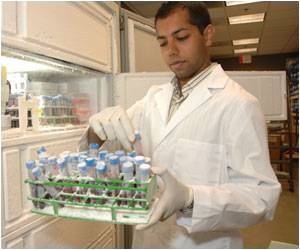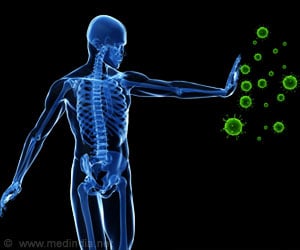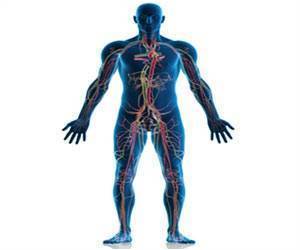Neural stem cells and neurons have somewhat different collections of RNA thanks to the activity of PTBP1 and PTBP2.

‘RNA binding protein - PTBP1 and PTBP2 - serve both redundant and unique functions in the developing brain when neural stem cells are changed into neurons.’





It remains unclear to scientists why almost every RNA binding
protein has a sibling - or "paralog." While such sibling proteins have
the same origins and are similar to each other in a number of ways, they
are presumed to fulfill different functions in the cell.Focusing on two such sibling RNA-binding proteins - PTBP1 and PTBP2 - that are important for the nervous system, a team of researchers has found that these proteins serve both redundant and unique functions in the developing brain when neural stem cells are changed into neurons - cells that process and transmit information through electrical and chemical signals.
"PTBP1 is expressed in neural stem cells, and PTBP2 in differentiating neurons," said Sika Zheng, an assistant professor of biomedical sciences in the School of Medicine at the University of California, Riverside, who led the research project. "Their expressions are almost mutually exclusive. During brain development, cells switch expression of PTBP1 to PTBP2. This contributes to the neuronal differentiating process, and can offer us insights into understanding what makes a neuron a neuron."
The research, done using multiple mouse models, has implications for fine-tuning stem cell therapeutic strategies for neurologic disorders such as stroke, ALS, and Parkinson's disease.
Zheng explained that in humans it normally takes months to differentiate a stem cell into a neuron.
Advertisement
"One can imagine that both like music and sometimes perform a piece in the same way," Zheng said. "But at other times they interpret and play the music differently, for example, with different styles and instruments, giving the same score different meanings and emotions. In this analogy, the musical scores are primitive genetic messages or premature RNA in a cell."
Advertisement
Source-Eurekalert












